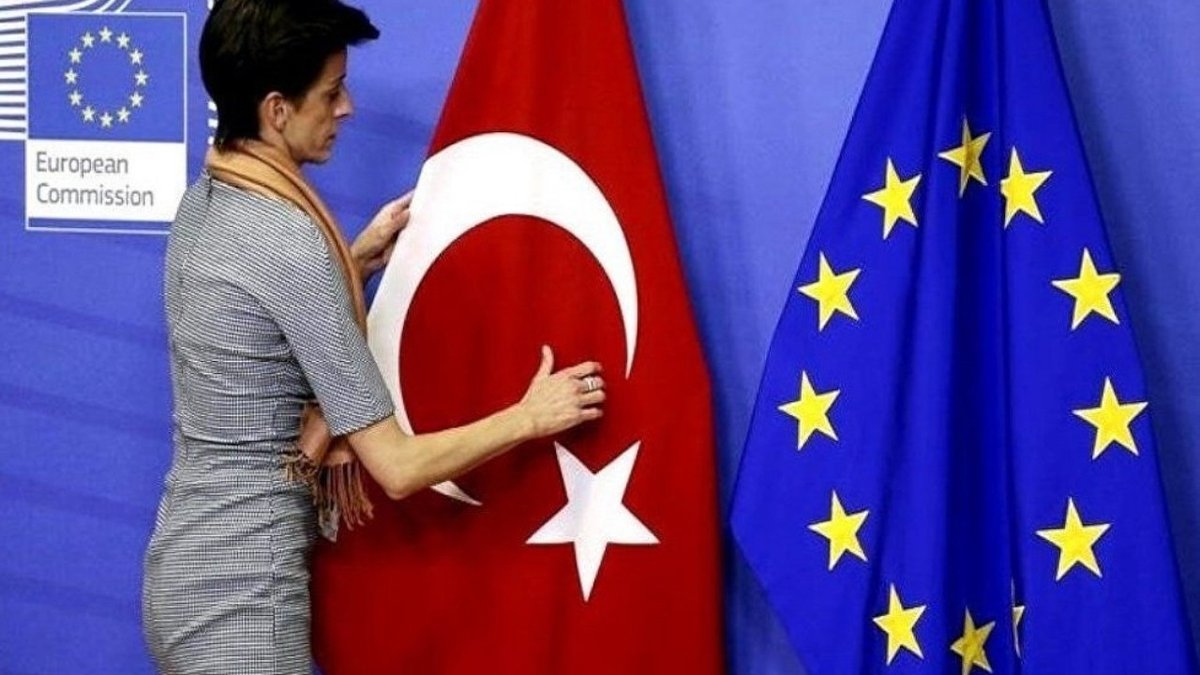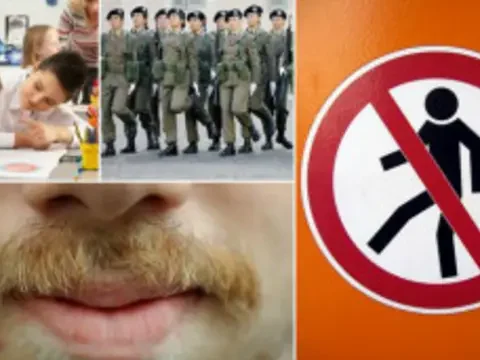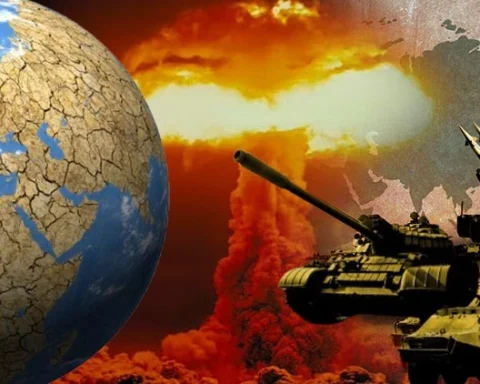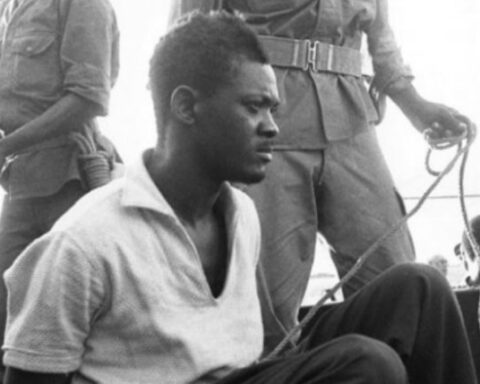Last week’s Alaska summit only reinforces what Europe should already know: to protect Ukraine, it needs its own security architecture.
The outcome of Friday’s summit between Vladimir Putin and Donald Trump in Anchorage has taken Europe aback. As British historian Robert Service put it, “Americans are patriots first and foremost—how long will they put up with the master of the deal, who has the pack of cards in his grasp, dealing with them so ineptly?” The red carpet was literally rolled out for the Russian leader, while attacks on Ukrainian towns and the killing of civilians continued unabated. Putin was given a platform to argue, “we’re convinced that in order to, to make the settlement lasting and long term, we need to eliminate all the primary roots, the primary causes of that conflict, and we’ve said it multiple times, to consider all legitimate concerns of Russia and to reinstate a just balance of security in Europe and in the world on the whole.”
Furthermore, “We expect that Kyiv and European capitals will perceive that constructively and that they won’t throw a wrench in the works. They will not make any attempts to use some backroom dealings to conduct provocations to torpedo the nascent progress.” Trump concluded, “We haven’t quite gotten there, but we’ve made some headway. So there’s no deal until there’s a deal.”
As The Telegraph in London noted, “all we were left with was the deafening sound of a can being kicked down the road.” And its conclusion was unequivocal: “If European leaders don’t act to support Ukraine after this, they will have to answer to history.” On the contrary, the Russian press’s reaction was positive. Steve Rosenberg, the BBC’s correspondent in Moscow, came up with the following review. The main narratives were that the summit went well for Moscow, with Donald Trump moving closer to the Kremlin’s position on Ukraine. The papers expect Trump to deliver an ultimatum to Zelensky to make a deal, and Europe will try to derail it.
There is a triumphant tone after Trump dropped his demand for an immediate Russian ceasefire in Ukraine to focus on securing a peace agreement, where Russia demands that Ukraine hand over those parts of the Donbas still under Ukrainian control. Trump has adopted Russia’s position as the basis of his ultimatum to Zelensky. Furthermore, Trump is ready to put the responsibility for making difficult decisions onto his Ukrainian visitor. If he refuses, Ukraine will get the blame.
This is, in fact, what has happened. Putin demanded that Ukraine withdraw from Donetsk and Luhansk and was prepared to freeze the front line in other regions if his core demands were met. On Sunday, Trump stated that Zelensky can end the war with Russia almost immediately, if he wants to, or he can continue to fight. In 1938, Britain and France agreed to cede the Sudetenland with its fortifications to Germany in the belief that this concession would achieve “peace in our time.” Similarly, for Ukraine to surrender the fortress belt of Donetsk would give Russia unhindered access to Ukraine’s heartland.
There has been a marked increase in support from the American public, both Republicans and Democrats, for additional sanctions against Russia and military aid to Ukraine. There are divisions in the MAGA movement. There is also clear opposition to direct US military intervention using American troops. An interview with Senator Ted Cruz (R-TX), a member of the Senate Foreign Relations Committee, reveals the contradiction in US foreign policy. Cruz believes the war will end with a negotiated settlement and that it needs to end in a way that is a clear and discernible loss for Russia. “Putin is not our friend. He is a KGB thug. I think the way to negotiate an end to this war is what Trump is doing, which is negotiating from strength.” This is precisely what Trump is not doing, as he continues to prevaricate on the issue of additional sanctions, which, if applied effectively, will cripple Russia’s economy.
Monday’s meeting between Trump and Zelensky was more cordial than the February meeting, and the subsequent meeting with European leaders centered on the issue of security guarantees for Ukraine. As Trump later wrote on Truth Social: “During the meeting we discussed Security Guarantees for Ukraine, which Guarantees would be provided by the various European countries, with a coordination with the United States of America [sic].” Trump also called Putin to arrange a meeting between him and Zelensky, followed by a trilateral meeting. According to a European official, who had been part of the delegation to Washington, territories had not been part of the discussions. Trump had said: “That is not my business, that is a matter for Ukraine.”
What form the security guarantees will take and America’s role is nebulous. Still, now there are the contours of a European security structure, where NATO’s Mark Rutte, the EU Commission’s Ursula von der Leyen, Germany’s Friedrich Mertz, France’s Emmanuel Macron, Britain’s Keir Starmer, Italy’s Giorgia Meloni and not least, Finland’s Alexander Stubb play a leading role. At the moment, they are treading water to see the outcome of the meeting between Putin and Zelensky and the following trilateral, if they take place. Russian foreign minister Sergei Lavrov has thrown a wrench in the works by insisting Russia be included in the talks on security guarantees, as well as China.
The Finnish daily Iltalehti has written that if a ceasefire can be achieved, there is a European coalition plan to deploy an entire army corps of 50,000 soldiers in Ukraine along with air and naval support. Other post-war plans abound. In March, Turkey’s foreign minister, Hakan Fidan, took part in the coalition’s inaugural conference and stated Turkey’s interest in being part of a new European security architecture. Turkey is also interested in bidding for a share of the EU’s SAFE financial instrument for defense spending.
Given Turkey’s support as a NATO member in the Bosnia and Herzegovina war and in Afghanistan, a Turkish contingent to defend Ukraine against Russian aggression would be welcome. The SWP (German Institute for International and Security Affairs) in Berlin has just addressed the thorny issue of Turkey’s role in the future European security architecture in its analysis, “Alignment of Necessity.” Whatever form the new European security architecture takes, it will need to find a role for Ankara.
Source: https://nationalinterest.org/feature/after-the-alaska-summit-europes-moment-of-truth






